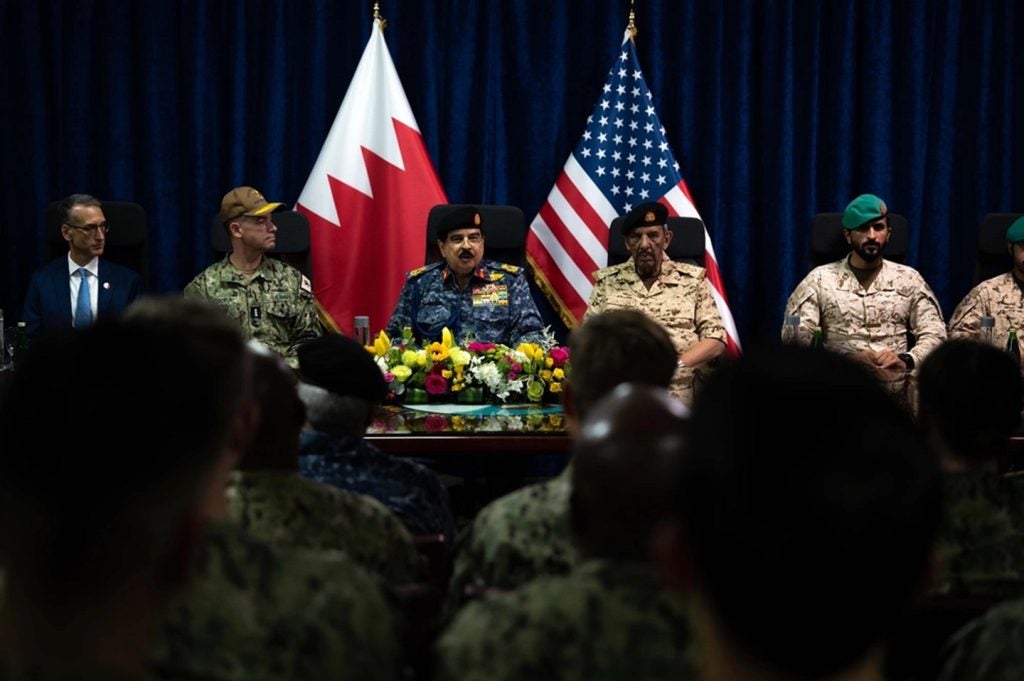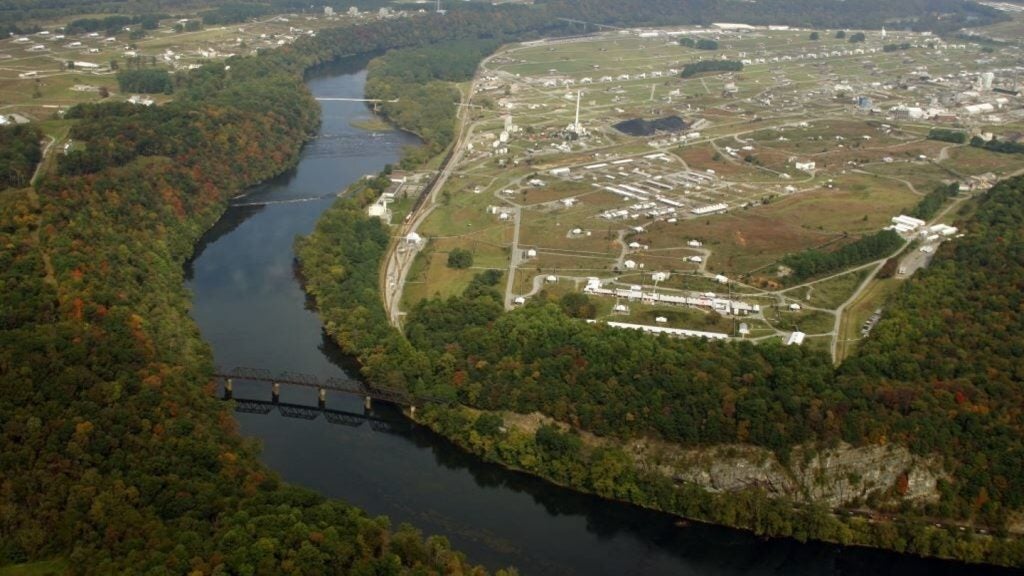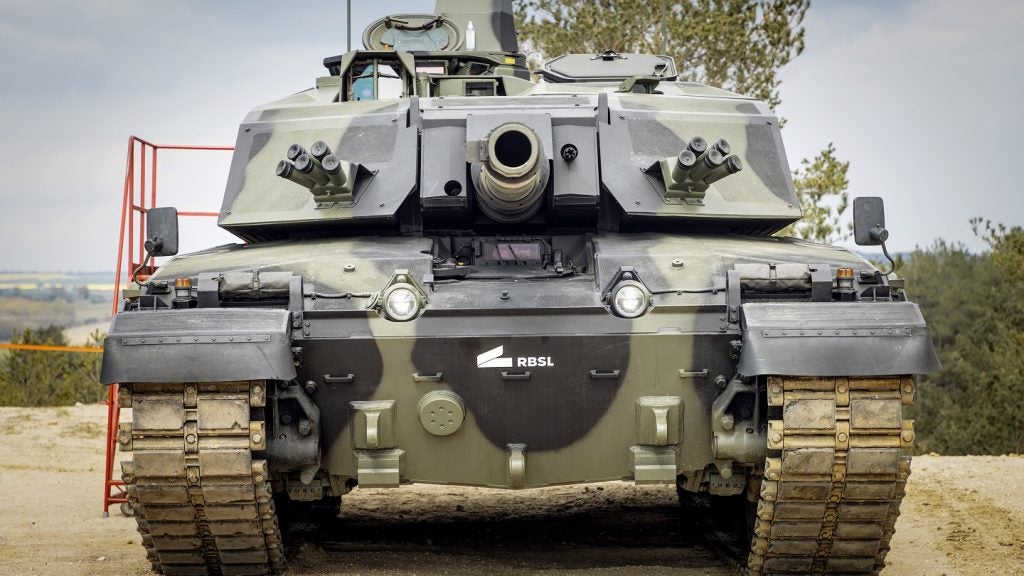
There are many priorities that drive the development of ground systems for the military, but at the top of the list is keeping soldiers alive. Protecting human assets is the chief function of armoured vehicles, but soldier safety cannot come at the expense of the operational effectiveness and versatility of such vehicles.
Ground vehicle design prioritises safety, but also considers how vehicles can meet the operational needs of the military, how to ensure that there is an integrated approach to applying cutting-edge technology and how to create vehicles that innovate when it comes to creating systems for greater autonomy and force protection.
The latest high-tech facility for exploring all of these criteria is the US Army’s Ground Systems Power and Energy Laboratory (GSPEL), which offers an unprecedented range of testing capabilities for armoured vehicles.
"We are focused on vehicle weight reduction, improved fuel economy and utilising new systems to meet operational energy needs," says Jennifer Hitchcock, head of the US Army’s Tank Automotive Research Development and Engineering Centre (TARDEC). "We are developing new ways for these systems to work together while balancing mobility and survivability needs for ground vehicles."
Accelerated design and testing
TARDEC is the research division of the US Army that carries out R&D for the armoured vehicles used by the armed forces. Its GSPEL facility opened in April 2012 and consists of 30,000ft² of testing space housing eight different labs.
See Also:
"The GSPEL is a bold statement by our nation’s army about its commitment to accelerating energy security," says Hitchcock. "Making vehicle systems lighter and more efficient not only helps us reach our energy security goals, it also saves soldiers’ lives by reducing the number of soldiers we put in harm’s way to deliver energy. This lab will help us to accelerate the design, integration, and testing of new energy and fuel-saving technologies."
How well do you really know your competitors?
Access the most comprehensive Company Profiles on the market, powered by GlobalData. Save hours of research. Gain competitive edge.

Thank you!
Your download email will arrive shortly
Not ready to buy yet? Download a free sample
We are confident about the unique quality of our Company Profiles. However, we want you to make the most beneficial decision for your business, so we offer a free sample that you can download by submitting the below form
By GlobalDataThe facility enables TARDEC to engage in unprecedented work on testing, optimising and integrating current and alternative vehicle propulsion systems, energy storage technology and power generation. The adaptations that have been made to armoured vehicles to cope with the demands of recent conflicts, such as the war in Afghanistan, have led to additional weight, and the addition of systems and vehicle protection that consume space and power. Now, the focus is on getting back the performance that has been lost to those additional systems. With the opening of GSPEL, TARDEC is set to see faster progress in the research programmes aiming to achieve that improvement in performance.
"The GSPEL helps accelerate new developments because we are able to develop, integrate and test much faster in controlled environments," says Hitchcock. "We can link our simulators to test equipment in the GSPEL, which will enable us to validate this technology in real time. This is something that has never been done before at one location."
State-of-the-art lab facilities
TARDEC spent over a decade planning the GSPEL facility before construction began in August 2009, having initially considered it as a site to rehouse existing ground vehicle power and mobility development capability in a central location.
As the design developed, however, the concept emerged of incorporating eight separate, state-of-the-art labs to explore different types of cutting-edge technologies and house a variety of test environments.
The new R&D infrastructure at GSPEL enables TARDEC to explore the development and integration of power and mobility systems for wheeled, tracked, manned and unmanned ground vehicles, in unprecedented detail and scope. The eight labs within the facility each focus on a specific area of vehicle design.
- The HE laboratory is dedicated to the development of components for hybrid-electric vehicles. As they are refined, these systems for alternative power could have a significant impact on the military’s demand for conventional fuels, which would not only help to manage the cost of operating ground vehicles, but also streamline the logistics processes needed to support them in the field.
- Exploring alternative energy solutions is also the driver behind the fuel-cell laboratory, which will investigate the use of kerosene-based Jet Propellant 8 (JP8) fuel – similar to a type of commercial aviation fuel and used by the US military and Nato – in fuel cells. Converting chemical energy from fuel into electricity through oxidation, fuel cells represent a continuous and reliable source of power.
- The battery laboratory, which is an enhanced version of an electrochemical lab, will explore new solutions for storing power, which is a challenging area for ground vehicles. It incorporates chambers that are built to resist explosions in order to evaluate sophisticated designs of chemical battery.
- The calorimeter laboratory houses one of the world’s largest calorimeters – a device that measures the heat of chemical reactions and heat capacity – that can cope with air flows of up to 50,000ft³ a minute. Its size allows TARDEC to simultaneously evaluate different types of oil coolers, radiators and charged air systems.
- The power laboratory exists to evaluate the electrical systems in ground vehicles, with a view to optimising their performance and ease integration. The range of systems on which it will focus is diverse, covering everything from air-conditioning and hydraulics to alternators and power electronics. As well as focusing on the development of the systems themselves, the lab’s two environmental chambers enable TARDEC to test the durability and performance of each system under stress.
- The testing and development of components for waste heat recovery will be dealt within the thermal management laboratory. Here, TARDEC can evaluate and validate the performance and efficiency of thermoelectric modules, and create and test software for component controls.
- The air filtration laboratory houses four new flow benches and automated dust-feeding systems to test the air flow characteristics in conditions ranging from zero visibility to four times zero visibility in order to validate the performance of components such as air filters and cleaners.
- The most central feature of the GSPEL facility is the power and energy vehicle environmental laboratory (PEVEL), which is one of the most advanced vehicle test chambers. It enables TARDEC to engage in full mission profile testing in a diverse range of environmental conditions. In PEVEL, engineers can create temperature ranges from -60°F (-51°C) to 160°F (71°C), wind speeds up to 60mph and relative humidity up to 95%. They can also simulate a wide variety of terrains based on different locations around the world, and recreate different road conditions. Thanks to PEVEL, the time and cost of testing and validating ground vehicles should be significantly reduced. It is the centrepiece of a facility that will support unprecedented cooperation and collaboration between the US Army, academia, government and industry at all stages in the development of new ground vehicle systems.
GSPEL provides the ideal platform from which to create tomorrow’s armoured vehicles, which must cope with threats that are uncertain or as yet unknown.
"We have a very deliberate process where we undertake working with our army partners to determine future needs," says Hitchcock. "We use rigorous portfolio management tools to prioritise our investments. We also pay very close attention to what industry and academia are doing. This collaboration speeds new technology to the warfighter."
This article was first published in our sister publication Defence & Security Systems International.







